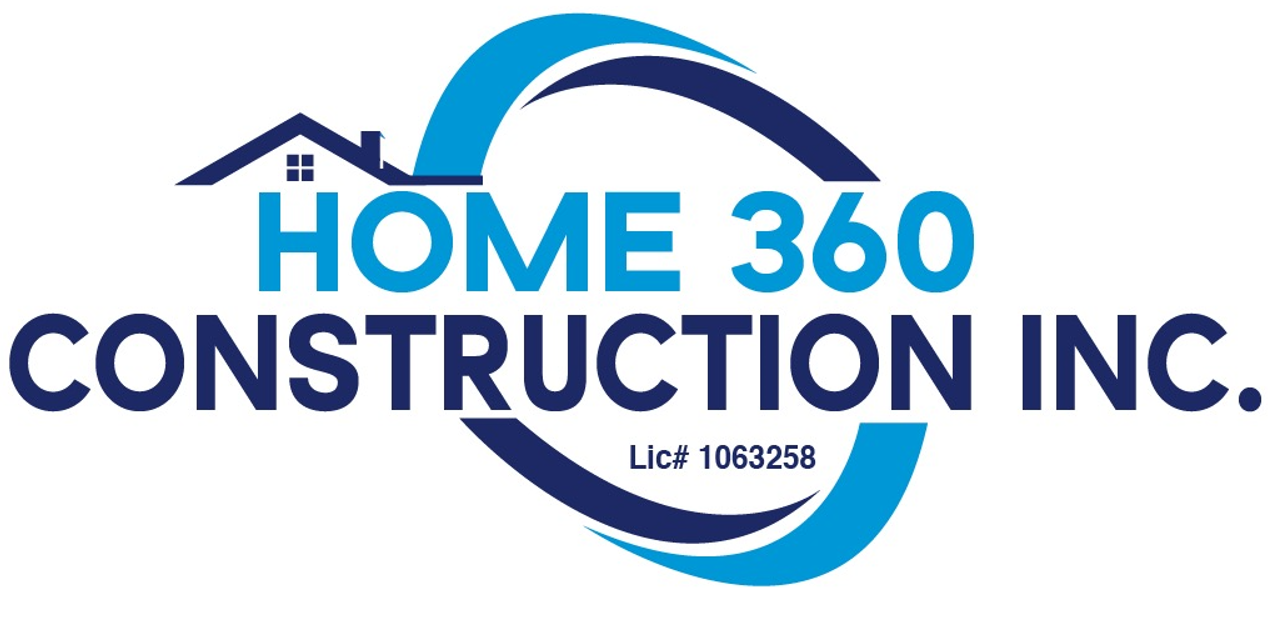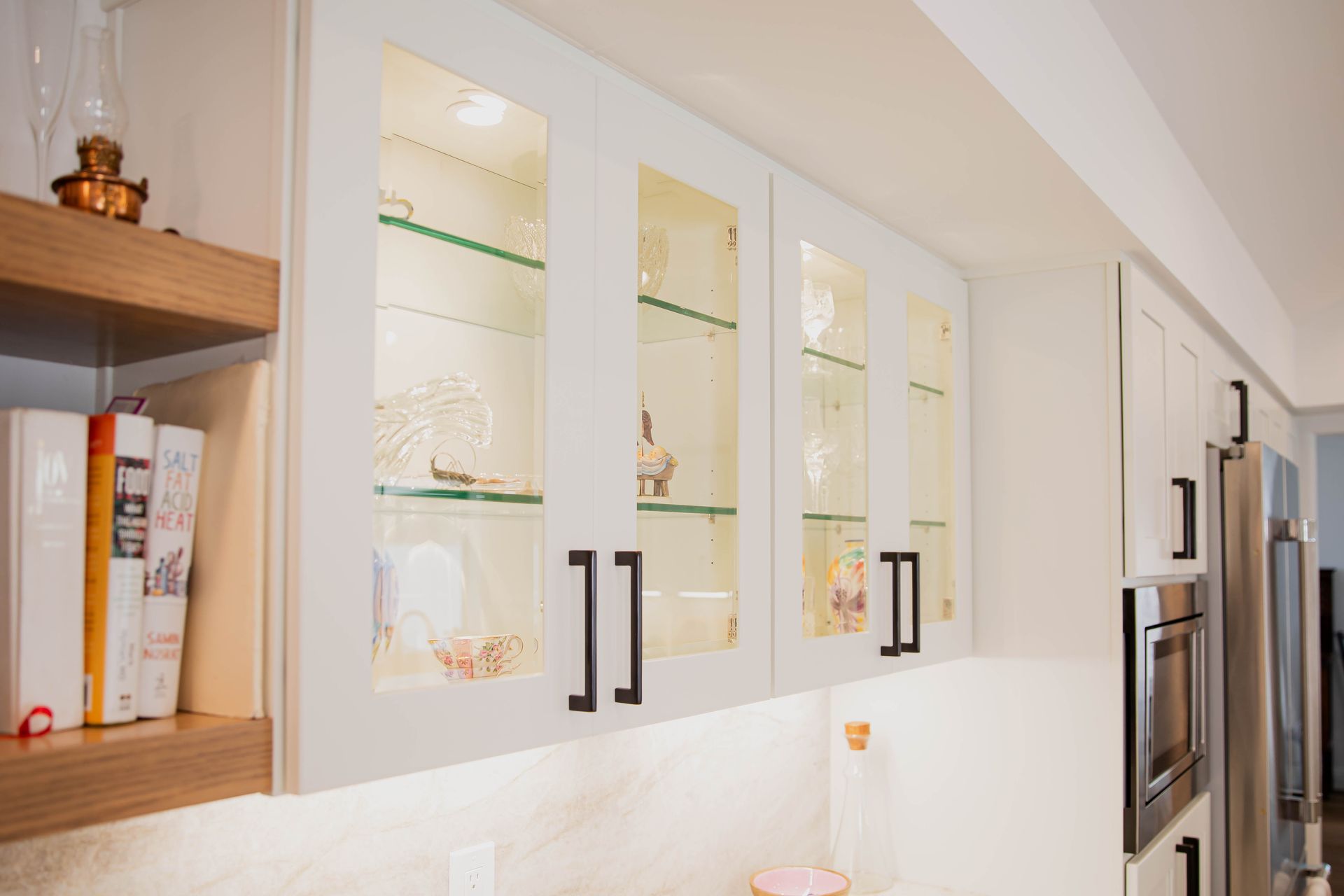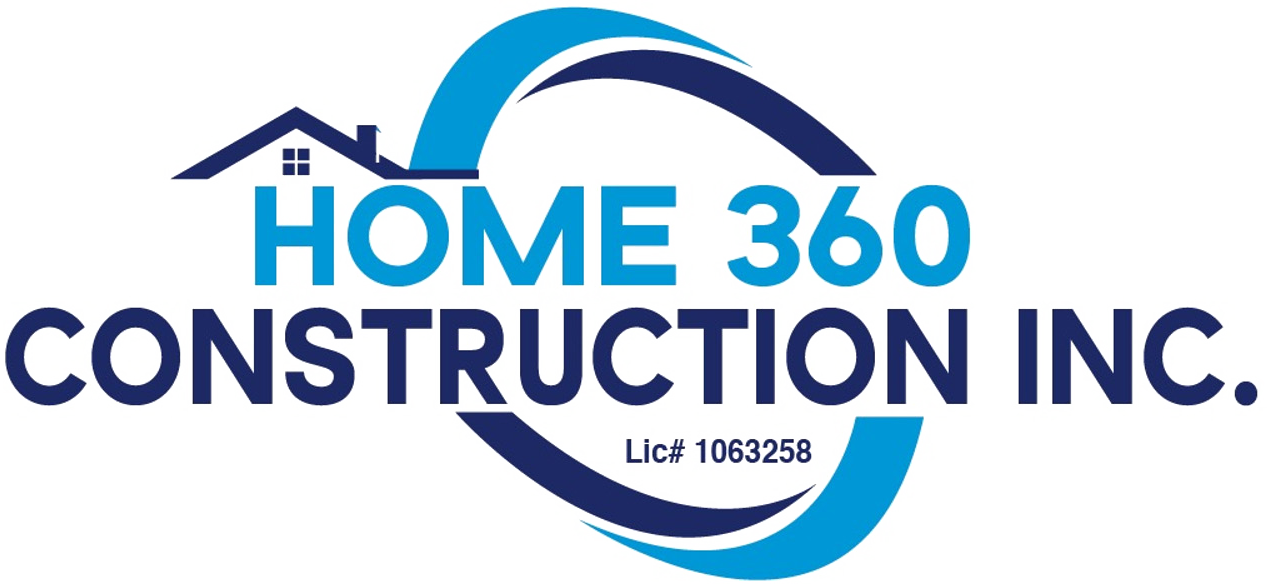Maximizing Return on Investment: Strategic Home Improvements for a Profitable Sale
When it comes to selling your home, first impressions are crucial. A well-executed renovation can make your property stand out in the competitive real estate market and significantly boost its value. However, not all upgrades are created equal. Here are the top renovations that offer the best return on investment (ROI) and are most appealing to potential buyers.
Kitchen Remodel
The kitchen is often considered the heart of the home, and an updated kitchen is high on the list of priorities for home buyers. You don't need a complete overhaul; even minor kitchen remodels can yield a substantial ROI. Consider updating appliances, refacing cabinets, and installing new countertops. Remember, a modern, clean look with neutral colors appeals to a broader audience.
Bathroom Renovation
Bathrooms are another critical area where renovations can significantly impact. Updates like replacing outdated tiles, adding new fixtures, and ensuring good lighting can transform an old bathroom. If budget allows, consider adding an en-suite bathroom to the master bedroom for an even higher value increase.
Energy-Efficient Upgrades
Energy efficiency is not only good for the planet but also for your wallet. Installing energy-efficient windows, insulation, and heating systems can be a significant selling point. These upgrades reduce utility bills and appeal to environmentally conscious buyers.
Adding Living Space
Adding square footage to your home by finishing a basement or a deck can immensely increase its value. Ensure that these spaces are versatile and appeal to a wide range of needs, such as a home office, a playroom, or an entertainment area.
Curb Appeal
Never underestimate the power of curb appeal. The exterior of your home is the first thing potential buyers see. Simple updates like painting the front door, landscaping, and outdoor lighting can make a big difference. These changes are relatively inexpensive but can significantly impact first impressions.
Flooring
Replacing old, worn-out flooring can give your home a fresh and updated look. Hardwood floors are highly sought after, but if they're outside your budget, consider high-quality laminate or vinyl flooring that mimics the look of natural wood.
Fresh Paint
A fresh coat of paint is one of the most cost-effective ways to update your home. Stick to neutral colors that can make spaces look larger and more light-filled. Neutral colors also help potential buyers envision themselves and their belongings in the space.
Execution is Key
While these upgrades can boost your home's value, it's crucial to execute them effectively:
- Budget Wisely: Don't overspend on renovations. Research the typical ROI for each upgrade in your area and plan your budget accordingly.
- Quality Workmanship: Ensure that any work done on your home is high quality. Poorly executed renovations can detract from your home's value.
- Understand Your Market: Tailor your renovations to your home's market. Luxury upgrades in a moderately priced home might yield a different ROI.
Conclusion
By focusing on these critical areas, you can enhance the appeal and value of your home for resale. Remember, the goal is to make your home attractive to the broadest array of buyers. Thoughtful, well-executed upgrades can make your property stand out in the real estate market, ensuring a quicker sale and a better price.




